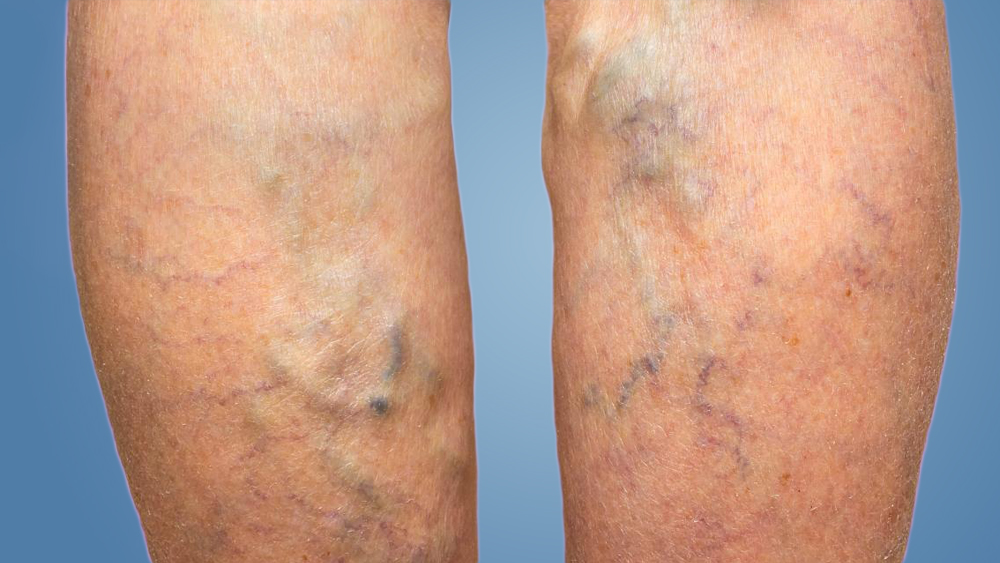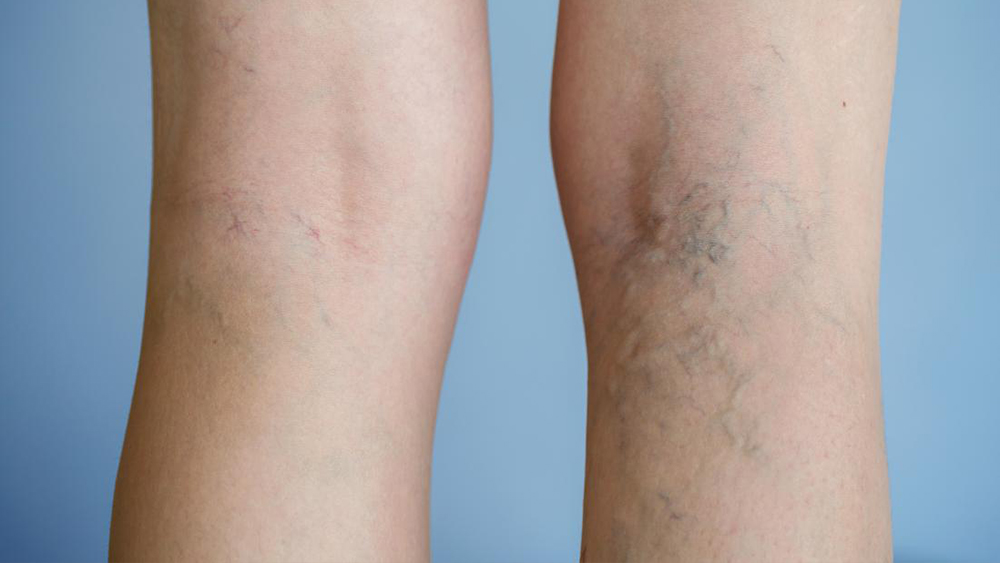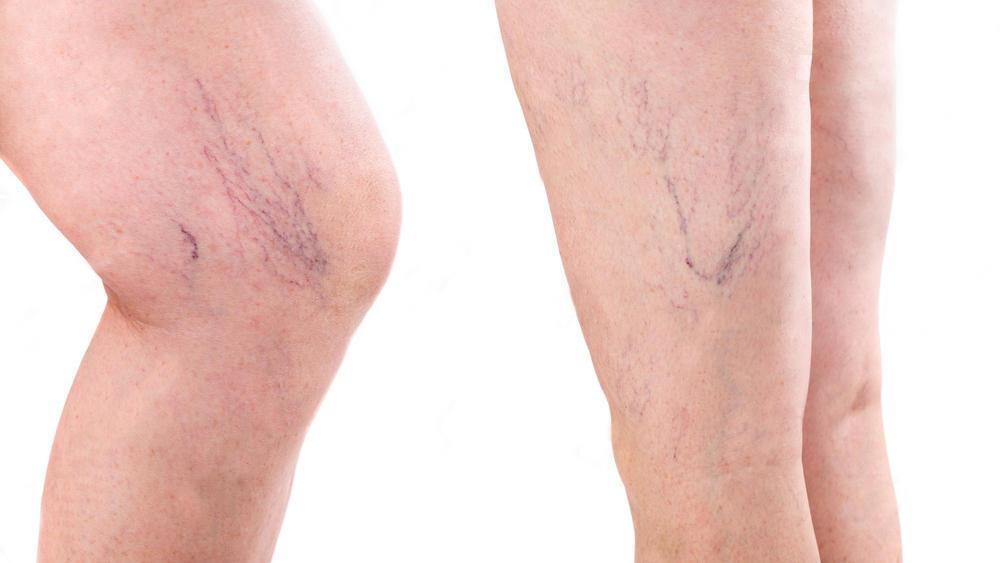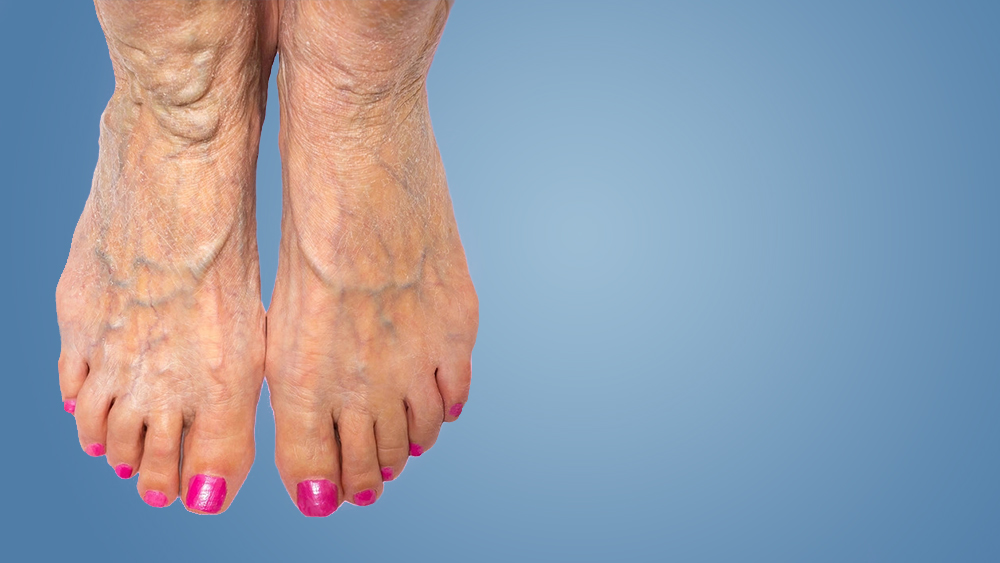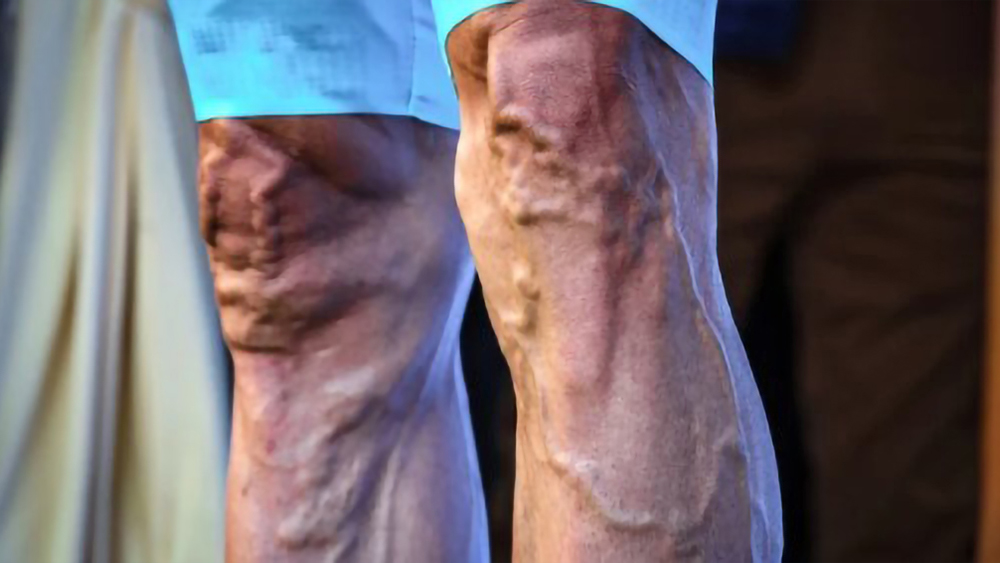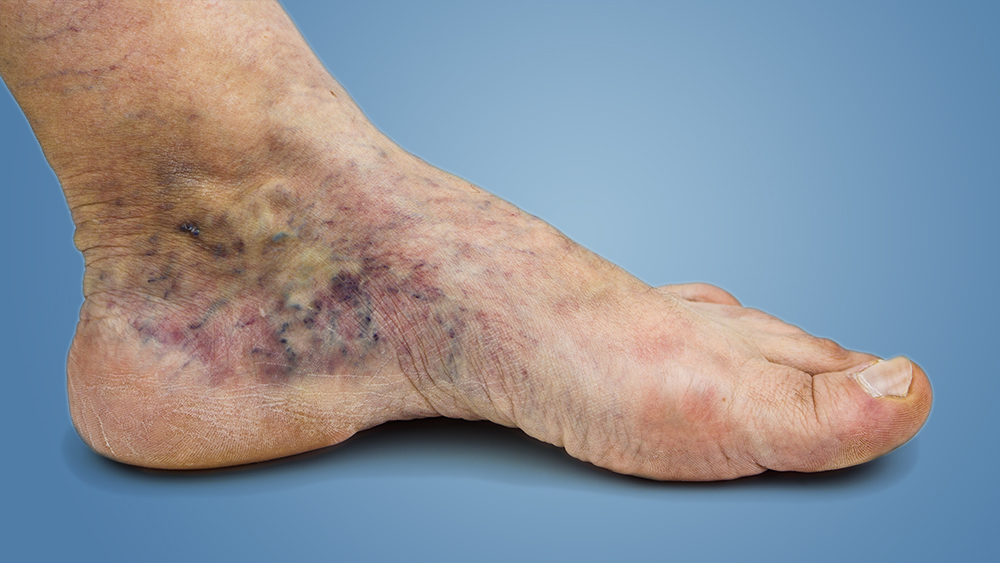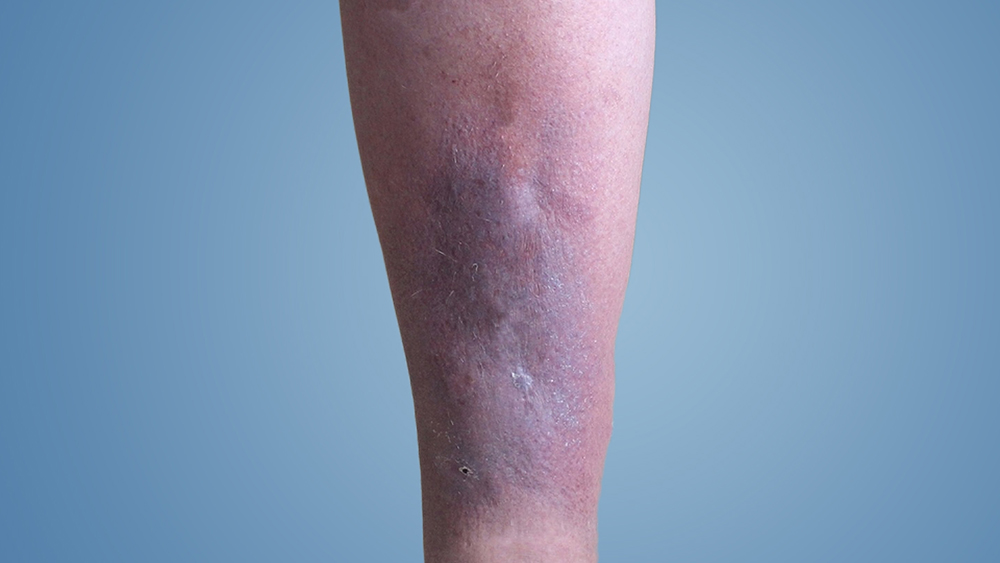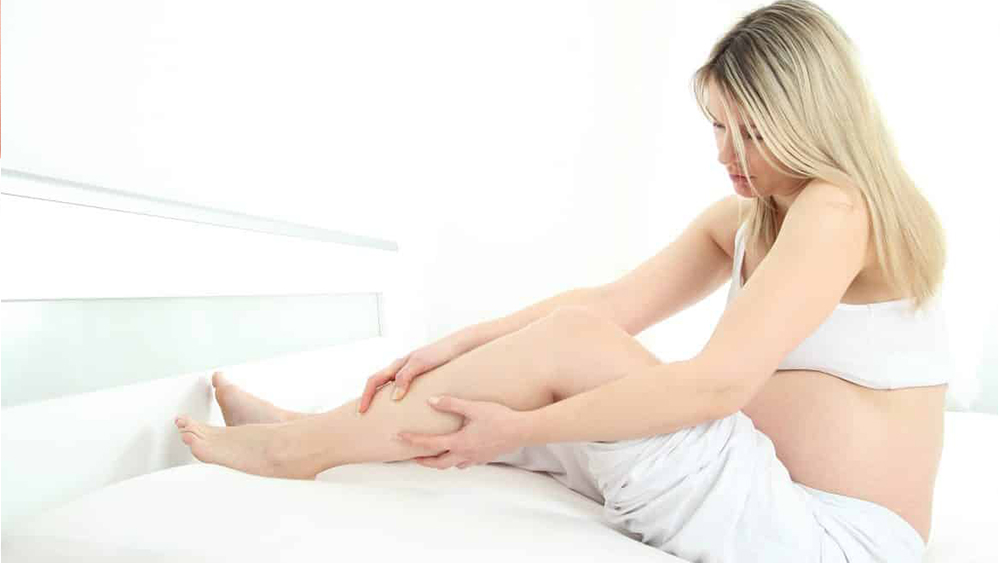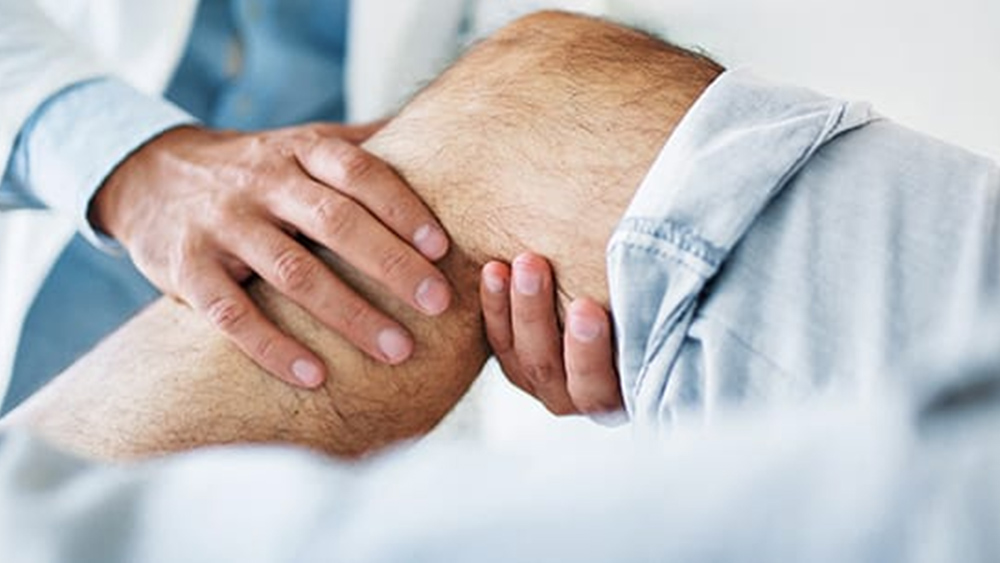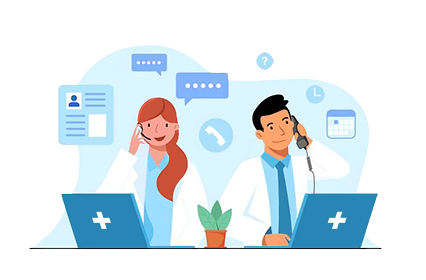Varicose Veins in Leg
Varicose veins in leg are more common than previously thought. These are swollen veins, most frequently found in the legs but sometimes occurring on other parts of the body. Though they are not a serious condition they are often painful and inconvenient. They can also lead to other health issues if left untreated. Ambulatory Phlebectomy …


